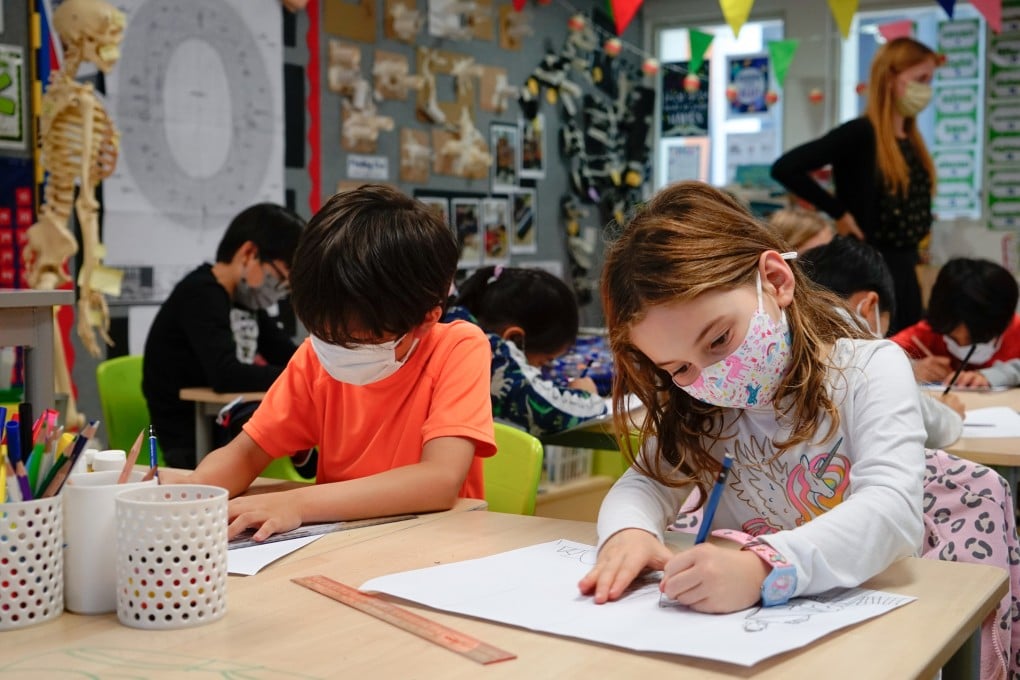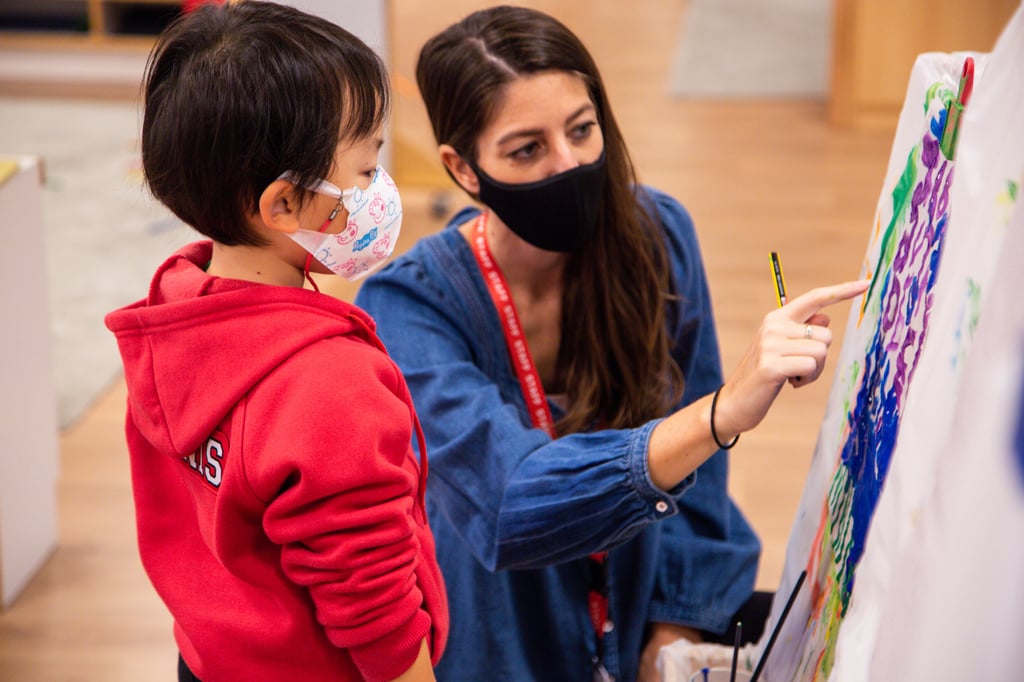How visual and performing arts develop a child’s creativity, emotional awareness, communication skills, decision making and self-confidence
- The impressions and emotions formed in art classes yield benefits in lessons in other subjects as well as enhancing a child’s ability to fit in and to contribute in life outside school
- Drama, music, dance and the visual arts were seen as integral to Greek society and even today they enhance understanding and build empathy for others

While the benefits that visual and performing arts can bring to a child’s academic life may not be immediately apparent to all, their positive impact is broad and often far-reaching. For starters, they help students excel in managing emotions and developing an appreciation for different cultures and nationalities.
One only needs to do a quick internet search to see that creative problem solving often ranks among the top 10 skills that employers look for in potential employees. Proficiency in communication is also often cited as an essential soft skill required for today’s workforce. It is never too early to start nurturing these skills in children, and art in every form is an effective way to build and encourage the use of both.
“Arts education helps children to develop transferable skills for learning such as creative problem solving, fine motor skills, communication skills, social skills and decision-making,” said German Swiss International School’s (GSIS) head of primary German, Priska Erni, and her colleague Donna Morley, the school’s head of primary English, in a joint statement. “It can also help children to understand complex concepts if they are presented visually,” they added.

Howard Tuckett, headmaster at Wycombe Abbey School Hong Kong, points out that because art is a form of personal creative expression and there is no right or wrong, it is an effective way of helping children to develop self-confidence.
“Art is one of the subjects where children can create their own version of ‘correct’,” Tuckett said. “Of course, the concept of multiple ‘correct answers’ becomes more obvious in other subjects as children develop into them, but art is the first common subject where a child’s picture, model or drawing is their unique response to the topic given to them to respond to.”
According to him, creating their own pictures or models helps children to develop a confidence in their ability to hold their own point of view. “If you can paint your own picture, you can explain or argue your own point of view. Younger children may not have all the words or the verbal skills required but they can express their individual responses through a drawing or painting,” he said.
Art also helps children refine their perception of what they are thinking and feeling, Erni and Morley said. It helps them learn how to give shape to various external impressions as well as inner moods and feelings. “The aim is to develop the power of imagination. It enables the pupils to form an image of what they see ‘outside’ as well as what they see ‘inside’,” they said.
Building transferable skills
